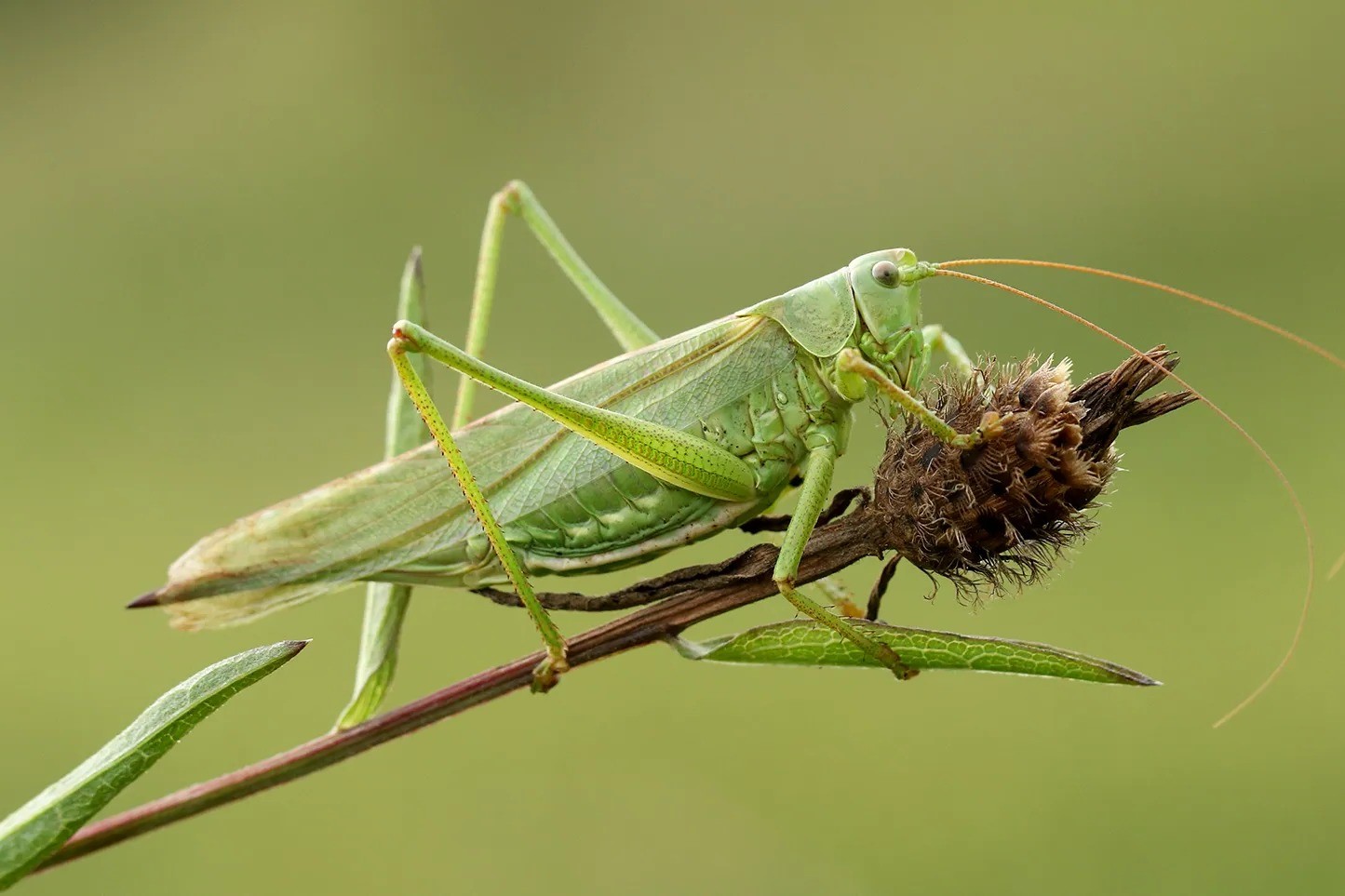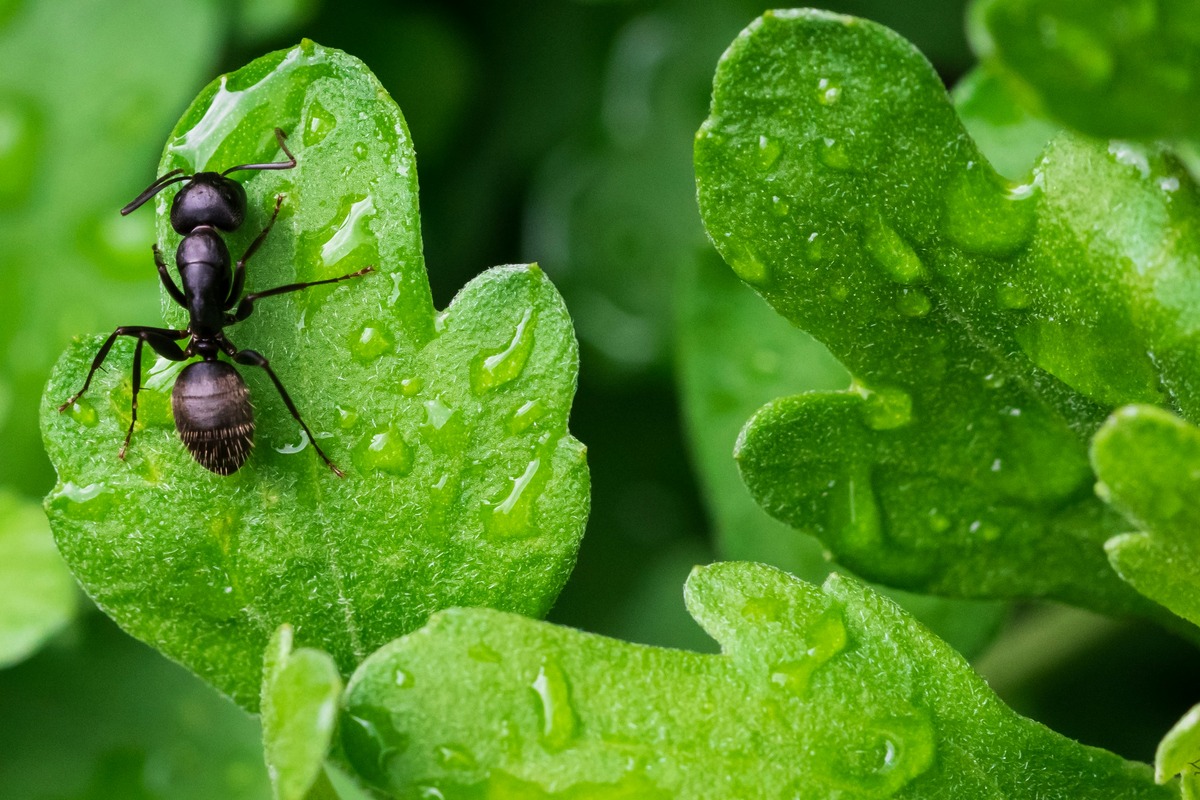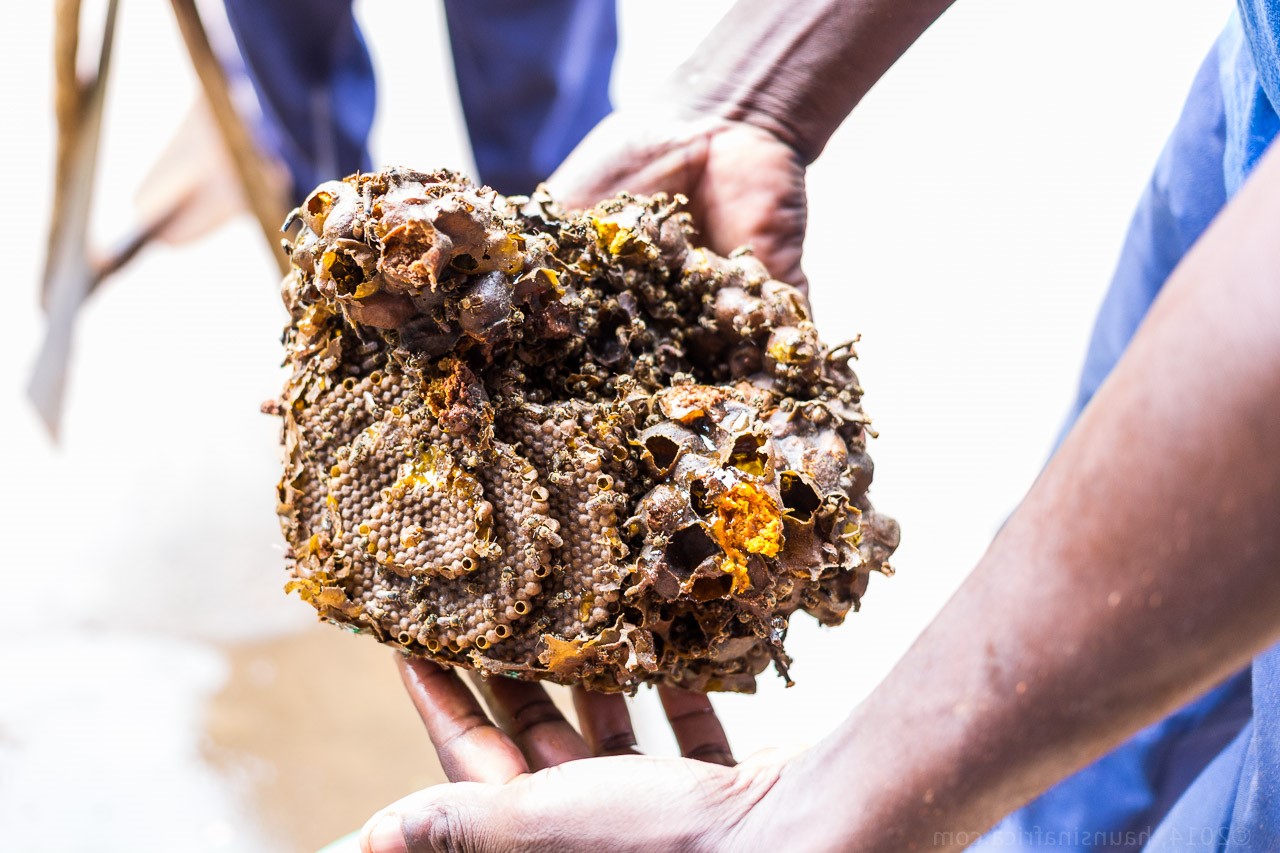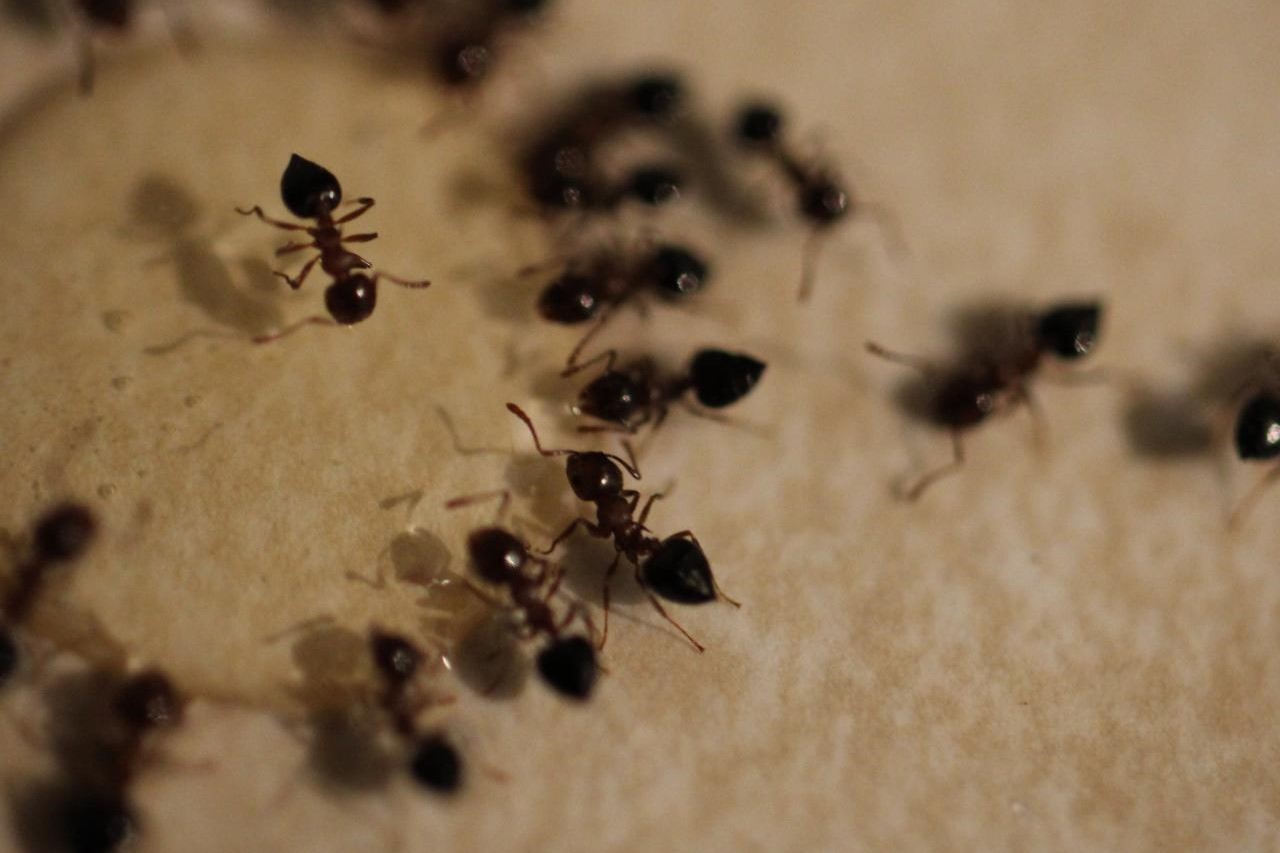Home>Home and Garden>How To Get Rid Of Ants In Yard
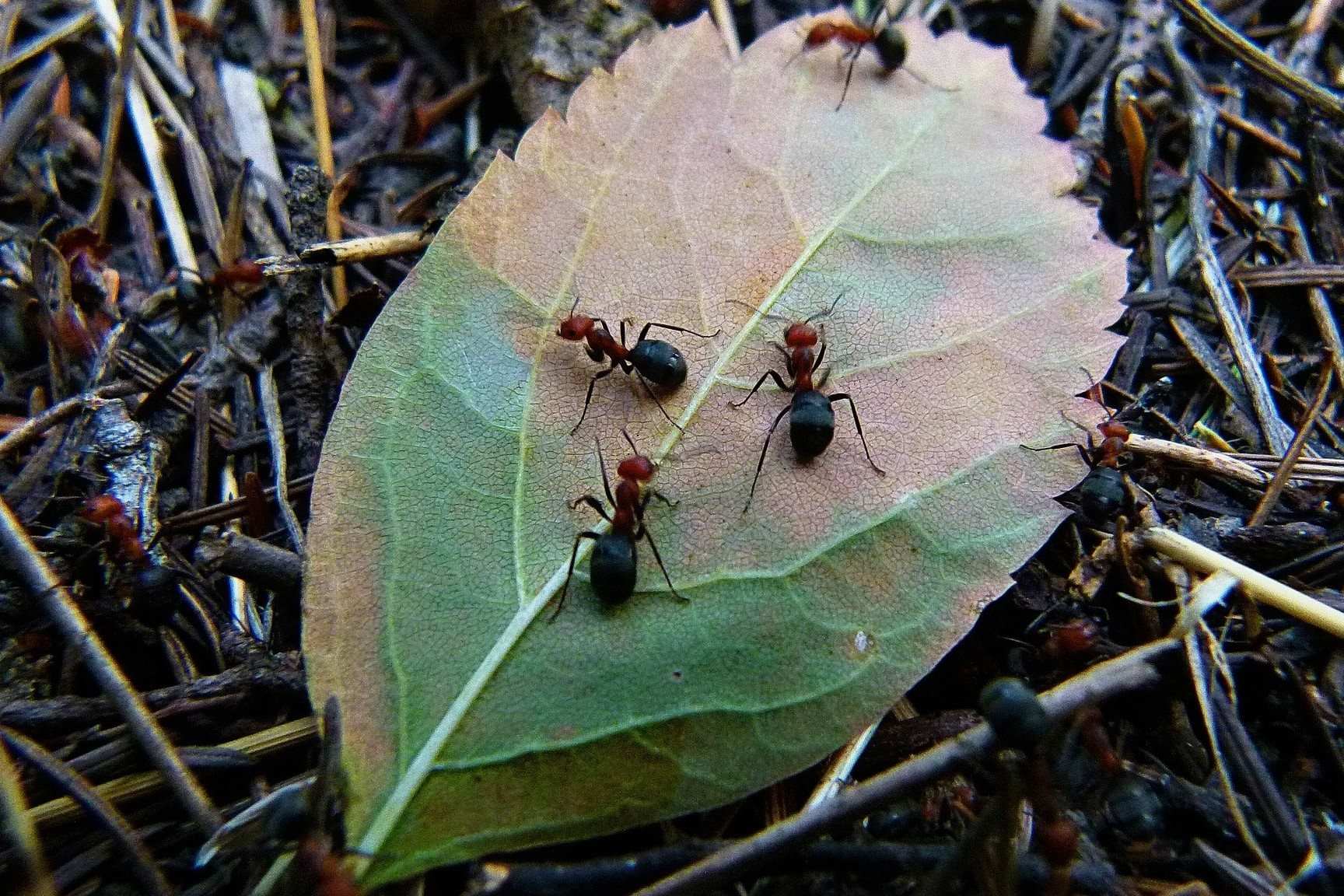

Home and Garden
How To Get Rid Of Ants In Yard
Published: March 7, 2024
Learn effective methods to eliminate ants from your yard with our expert tips and tricks. Discover natural and safe solutions for a pest-free home and garden.
(Many of the links in this article redirect to a specific reviewed product. Your purchase of these products through affiliate links helps to generate commission for Noodls.com, at no extra cost. Learn more)
Table of Contents
Introduction
Dealing with an ant infestation in your yard can be a frustrating and challenging experience. These tiny creatures, while fascinating in their own right, can quickly become a nuisance when they invade your outdoor space. Whether you're trying to enjoy a peaceful afternoon in your garden or hosting a backyard barbecue, the last thing you want is to find ants marching across your yard. Fortunately, there are effective methods for getting rid of ants and preventing their return, allowing you to reclaim your outdoor haven.
In this comprehensive guide, we will explore various strategies for eliminating ants from your yard, ranging from natural remedies to chemical treatments. By understanding the behavior of ants and identifying the specific type of ants in your yard, you can tailor your approach to effectively address the infestation. Furthermore, we will delve into preventative measures to help safeguard your yard against future ant invasions.
So, whether you're a gardening enthusiast, a homeowner, or simply someone who loves spending time outdoors, this guide is designed to equip you with the knowledge and tools necessary to combat ant infestations and maintain a pest-free yard. Let's embark on this journey to reclaim your outdoor space and create a serene environment where you can relax and unwind without the unwelcome presence of ants.
Read more: How To Get Rid Of Sugar Ants
Understanding the behavior of ants
Ants are social insects that live in colonies, exhibiting complex and fascinating behaviors. Understanding their behavior is crucial in effectively addressing ant infestations in your yard. Ants are driven by their need to gather food, protect their colony, and expand their territory. They communicate through the release of pheromones, which are chemical signals that guide other ants to food sources and help them navigate their environment.
One of the most notable characteristics of ants is their remarkable ability to work together in a highly organized manner. They establish intricate foraging trails to locate food and communicate the location of these resources to other members of the colony. This coordinated effort allows ants to efficiently gather food and sustain their colony.
Additionally, ants are resilient and adaptable creatures. They can thrive in various environments and are adept at finding entry points into homes and yards. By understanding their behavior, you can identify the areas where ants are likely to enter your yard and take proactive measures to prevent their access.
It's important to recognize that different ant species exhibit distinct behaviors. Some ants are attracted to sugary substances, while others seek out protein-based foods. By observing their foraging patterns and preferences, you can gain insights into the type of ants present in your yard, enabling you to tailor your approach to eliminate them effectively.
Furthermore, ants are persistent in their quest for resources. Once they discover a food source, they will continue to return to it, creating persistent trails that can be challenging to disrupt. This tenacity underscores the importance of thorough ant removal methods to break the cycle of infestation and prevent their return.
By gaining a deeper understanding of ant behavior, you can develop targeted strategies to disrupt their foraging patterns, eliminate their food sources, and ultimately eradicate them from your yard. Armed with this knowledge, you will be better equipped to tackle ant infestations and create a harmonious outdoor environment free from these persistent pests.
Identifying the type of ants in your yard
Identifying the specific type of ants present in your yard is a crucial step in devising an effective strategy to eliminate them. Different ant species exhibit distinct behaviors, nesting habits, and food preferences, making it essential to accurately identify the ants inhabiting your outdoor space. By recognizing the unique characteristics of the ants, you can tailor your approach to address the infestation more effectively.
One common type of ant found in yards is the odorous house ant (Tapinoma sessile). These ants are attracted to sweet substances and are often found foraging for sugary foods in kitchens, pantries, and outdoor dining areas. They emit a distinct, unpleasant odor when crushed, hence their name. Identifying the presence of odorous house ants can help you focus on eliminating their access to food sources and disrupting their foraging trails.
Another prevalent species is the carpenter ant (Camponotus spp.), known for nesting in wood and causing structural damage to buildings. These large ants prefer moist environments and are often found near decaying wood, making them a concern for homeowners with wooden structures in their yards. Identifying carpenter ants can prompt targeted efforts to locate and eliminate their nesting sites, preventing potential damage to wooden fixtures and structures.
Fire ants (Solenopsis spp.) are notorious for their aggressive behavior and painful stings. These ants build large, conspicuous mounds in open areas of yards and can pose a threat to humans and pets. Identifying fire ant mounds in your yard is essential for implementing specific eradication methods to control their population and minimize the risk of stings.
Additionally, pavement ants (Tetramorium caespitum) are commonly found nesting under pavement, rocks, and driveways. These small, dark ants are known for creating visible soil mounds near concrete or asphalt surfaces. Identifying pavement ants can guide you in targeting their nesting sites and preventing their intrusion into outdoor living spaces.
By closely observing the physical characteristics, nesting locations, and foraging behaviors of the ants in your yard, you can gain valuable insights into their species and preferences. This knowledge serves as a foundation for implementing targeted eradication methods and adopting preventive measures tailored to the specific type of ants present in your yard.
Understanding the nuances of different ant species empowers you to address the infestation with precision, increasing the effectiveness of your efforts to reclaim your yard from these persistent pests.
Natural methods for getting rid of ants
When it comes to combating ant infestations in your yard, natural methods offer effective and environmentally friendly solutions. These approaches harness the power of natural ingredients and strategic tactics to deter and eliminate ants without relying on harsh chemicals. By incorporating these natural methods into your pest control strategy, you can address ant infestations while promoting a sustainable and eco-friendly outdoor environment.
1. Vinegar Solution
Vinegar serves as a versatile and potent natural deterrent for ants. By mixing equal parts of white vinegar and water in a spray bottle, you can create a powerful ant-repelling solution. Simply spray the vinegar mixture along ant trails, entry points, and areas where ants are commonly observed. The strong scent of vinegar disrupts the ants' pheromone trails, disorienting them and deterring further incursions into your yard.
Read more: How To Get Rid Of Mushrooms In Yard
2. Essential Oils
Certain essential oils, such as peppermint, tea tree, and citrus oils, possess natural repellent properties that can effectively deter ants. Dilute a few drops of your chosen essential oil with water and spray it in areas frequented by ants. The aromatic nature of these oils disrupts the ants' sensory cues, discouraging their presence in your yard.
3. Diatomaceous Earth
Diatomaceous earth, a fine powder derived from fossilized algae, acts as a natural desiccant that dehydrates and kills ants upon contact. Sprinkle diatomaceous earth along ant trails, nesting sites, and entry points to create a barrier that effectively eliminates ants while being safe for humans and pets.
4. Lemon Juice
The acidic properties of lemon juice make it an effective ant deterrent. Squeeze fresh lemon juice and mix it with water to create a solution that can be sprayed or applied to surfaces where ants are active. The citrus scent and acidic nature of lemon juice disrupt the ants' trails and discourage their presence in your yard.
5. Cinnamon
Cinnamon powder serves as a natural ant repellent due to its strong scent and abrasive texture. Sprinkle cinnamon along ant trails, near entry points, and around potential nesting sites to create a barrier that deters ants from traversing these areas.
By leveraging these natural methods, you can effectively combat ant infestations in your yard while minimizing the use of synthetic chemicals. These eco-friendly approaches not only provide a sustainable means of pest control but also contribute to creating a harmonious outdoor environment where you can enjoy the beauty of your yard without the intrusion of persistent ants.
Read more: How To Get Rid Of Ants
Chemical methods for getting rid of ants
Chemical methods for eliminating ants from your yard involve the use of specially formulated insecticides and ant baits designed to target and eradicate ant colonies. While natural remedies offer eco-friendly alternatives, chemical treatments can provide rapid and effective results, particularly in cases of severe infestations or when natural methods have proven insufficient.
1. Insecticidal Sprays
Insecticidal sprays formulated for ant control are designed to directly target and kill ants upon contact. These sprays often contain synthetic pyrethroids or other active ingredients that effectively eliminate ants while providing residual protection against future infestations. When using insecticidal sprays, it is essential to apply them directly to ant trails, entry points, and nesting sites to maximize their effectiveness.
2. Ant Baits
Ant baits are an integral component of chemical ant control, offering a strategic approach to eradicating entire ant colonies. These baits contain attractive food sources laced with slow-acting insecticides. When ants consume the bait and carry it back to their colony, the insecticide spreads, ultimately leading to the demise of the entire colony. Placing ant baits near foraging trails and areas of ant activity can effectively disrupt their population and prevent their return.
3. Granular Insecticides
Granular insecticides provide a convenient and targeted method for treating ant infestations in outdoor spaces. These granules contain potent insecticidal compounds that can be spread across the yard, creating a barrier that effectively eliminates ants upon contact. Granular insecticides are particularly useful for targeting ant mounds, nesting sites, and outdoor areas where ants congregate, providing long-lasting protection against infestations.
Read more: How To Get Rid Of Ants In Your Car
4. Perimeter Treatments
Applying perimeter treatments around the exterior of your home and yard can serve as a proactive measure to prevent ant invasions. Liquid insecticides or granular formulations can be used to create a protective barrier that deters ants from entering your outdoor space. By treating the perimeter of your yard, you can fortify your defenses against ant incursions and safeguard your living areas from potential infestations.
When utilizing chemical methods for ant control, it is crucial to follow the instructions provided by the product manufacturers and exercise caution to ensure the safety of humans, pets, and beneficial wildlife. Additionally, considering the potential environmental impact of chemical treatments, it is advisable to explore integrated pest management strategies that combine both natural and chemical approaches to achieve comprehensive and sustainable ant control.
By incorporating targeted chemical methods into your pest control regimen, you can effectively address ant infestations in your yard, creating a pest-free outdoor environment where you can fully enjoy the beauty and tranquility of your outdoor space.
Preventing ants from returning
Preventing the return of ants to your yard is essential for maintaining a pest-free outdoor environment. After successfully eliminating an ant infestation, implementing proactive measures to deter their resurgence is crucial. By adopting preventive strategies and making targeted modifications to your yard and living spaces, you can create an inhospitable environment for ants, minimizing the likelihood of future infestations.
1. Seal Entry Points
Identifying and sealing potential entry points that ants may use to access your yard is a fundamental step in preventing their return. Inspect the exterior of your home, including windows, doors, and utility penetrations, for gaps and cracks that could serve as entryways for ants. Seal these openings using caulk or weatherstripping to create a barrier that restricts ant access to indoor and outdoor spaces.
2. Maintain Cleanliness
Consistently maintaining a clean and tidy yard and living areas can significantly deter ants from returning. Regularly remove debris, leaf litter, and organic matter from your yard, as these can serve as potential nesting sites for ants. Additionally, promptly clean up food and beverage spills, particularly in outdoor dining and cooking areas, to eliminate attractive food sources that may draw ants back into your yard.
Read more: How To Get Rid Of Yellowjackets
3. Store Food Properly
Properly storing food items in airtight containers and promptly cleaning up crumbs and spills can help prevent ants from being lured back into your yard. Ensure that outdoor trash receptacles have tightly sealed lids to prevent ants from accessing food waste. By minimizing access to food sources, you can discourage ants from returning to forage in your outdoor space.
4. Landscaping Practices
Strategic landscaping practices can contribute to creating an environment that is less conducive to ant activity. Trim vegetation away from the perimeter of your home to reduce potential harborage areas for ants. Additionally, consider using gravel or rock barriers around the foundation of your home to create a deterrent zone that impedes ant movement towards your living spaces.
5. Natural Repellents
Continuing to utilize natural repellents, such as vinegar solutions and essential oils, can serve as ongoing deterrents for ants. Periodically applying these natural remedies along ant trails, entry points, and areas of activity can help reinforce barriers and discourage ants from returning to your yard.
By implementing these preventive measures, you can fortify your defenses against ant infestations and create a resilient barrier that deters their return. Consistency and vigilance in maintaining these practices are key to sustaining a pest-free yard and enjoying the tranquility of your outdoor space without the intrusion of persistent ants.
Conclusion
In conclusion, reclaiming your yard from ant infestations requires a multifaceted approach that encompasses understanding ant behavior, identifying the specific type of ants present, and implementing effective eradication and prevention strategies. By gaining insights into the behavior of ants, you can develop targeted methods to disrupt their foraging patterns and eliminate their access to food sources. Furthermore, recognizing the unique characteristics of different ant species empowers you to tailor your approach, increasing the precision and effectiveness of your ant control efforts.
Natural methods, such as vinegar solutions, essential oils, diatomaceous earth, lemon juice, and cinnamon, offer eco-friendly and sustainable means of deterring and eliminating ants from your yard. These natural remedies not only provide effective pest control but also contribute to creating a harmonious outdoor environment where you can enjoy the beauty of your yard without the intrusion of persistent ants.
In cases where natural methods may be insufficient, chemical treatments, including insecticidal sprays, ant baits, granular insecticides, and perimeter treatments, offer rapid and targeted solutions for addressing severe ant infestations. When used judiciously and in accordance with product instructions, these chemical methods can effectively eradicate ants from your yard, creating a pest-free outdoor space for relaxation and recreation.
Preventing the return of ants is equally crucial in maintaining a pest-free yard. By sealing entry points, maintaining cleanliness, storing food properly, implementing strategic landscaping practices, and utilizing natural repellents, you can create a resilient barrier that deters ants from reinfesting your yard. Consistency in these preventive measures is key to sustaining a pest-free environment and enjoying the tranquility of your outdoor space without the unwelcome presence of ants.
Ultimately, by combining a deep understanding of ant behavior with a strategic blend of natural and chemical methods, you can effectively combat ant infestations and create an outdoor haven free from the persistent intrusion of ants. Embracing these comprehensive strategies empowers you to reclaim your yard, fostering a serene and pest-free environment where you can fully appreciate the beauty and tranquility of your outdoor space.

